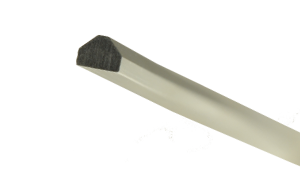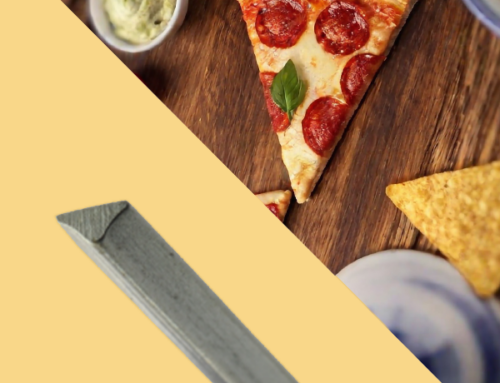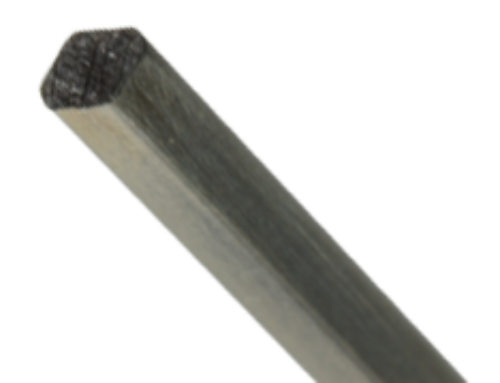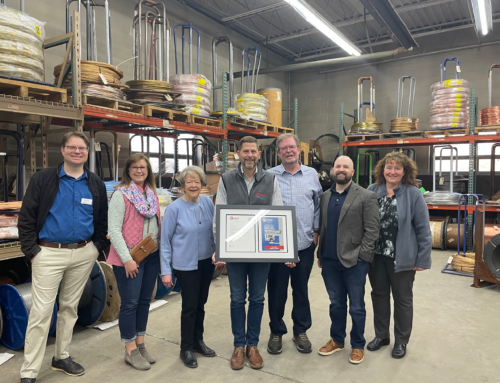
Kids love to draw houses because they can quickly create an easily recognizable image. All they need to do to is draw a square, then draw a triangle on top of it. This makes houses a popular drawing choice among children.
The house shape is also popular among wire users, but for different reasons.
House-shaped wire’s unique configuration allows manufacturers to fit more wiring into smaller spaces. This is especially important to aerospace engineers, who must ensure every square inch of an aircraft is efficiently utilized.
House shaped wire can be used in lieu of v- groove posts on the top of a helicoil (replacement threads) made from cast. The posts are bent over and pressed into the aluminum block to lock the helicoil into place once it has been spun into place. This unique wire shape ensures interlocking for proper fastening.
In construction and industrial settings, house-shaped wire is used as a structural component to reinforce concrete and build composite materials. Its shape promotes a broader distribution of stress, subsequently improving a structure’s overall durability and strength. It’s used in building frameworks, scaffolding, and to provide structural support for walls and ceilings. There’s probably some in your home.
Creative people who sell their handmade goods on internet sites like Etsy frequently use house-shaped wire because its unique shape inspires creative designs. These artisans use it to make jewelry, sculptures, wall art, and other home décor. House-shaped wire is also widely used to construct one-of-a-kind (bespoke) furniture because the wire can be manipulated to serve as the frame for tables, chairs, and other pieces, offering a unique aesthetic that’s both durable and lightweight.
House-shaped wire’s many advantages have made it a useful component throughout a broad variety of industries. When today’s crayon artists become tomorrow’s manufacturers, they’re likely to revisit this familiar shape.
Contact us to learn more.




